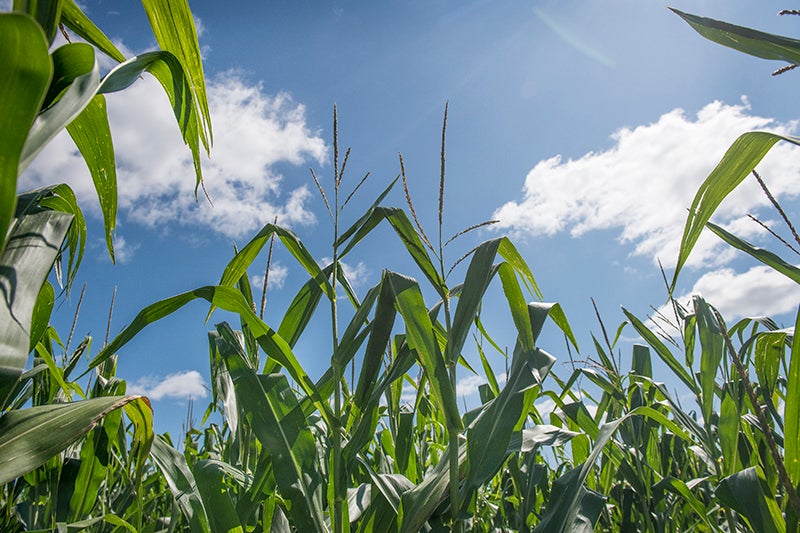Area farmers are optimistic they’ll get in fields early for second consecutive year
Published 9:00 pm Tuesday, March 30, 2021
|
Getting your Trinity Audio player ready...
|
Spring has seemed to come early for the second year in a row, meaning area farmers are hopeful they will be able to get into the fields even earlier this season.
Richard Stadheim, a corn, soybean, hay, pea and sweet corn farmer on the north side of Albert Lea, said he thinks farmers are in for a good start to the planting season.
“Ice out was in March, which is usually a good sign,” Stadheim said. “I do believe we’ll be in the field a little bit earlier than normal. We went into fall kind of on the drier side, and we’ve had nice moistur,e but we haven’t had any excessive moisture yet.”
Stadheim said he usually likes to plant in the final days of April, but with spring coming slightly early and if the weather cooperates, he said he expects he’ll have some people doing field work as early as the week of April 5.
Even though the snow has melted and has nearly dried up, there’s still more conditions that need to be met before a farmer likes to get in the field.
Joey Griebrok, a corn and soybean farmer near Myrtle, said a lot of it has to do with soil temperature as well.
“This is good that we can get in early, but also the temperatures have got to be warm enough,” Greibrok said. “Even though it’s dry, it doesn’t necessarily mean we should be out in the field. We physically can go out there because it’s dry, but we do have to wait for the soil temperatures to get up there.”
This marks the second consecutive year of farmers being able to get into the fields earlier than normal. Greibrok said he projects they will be in the field even earlier this year.
“I’d say it’s drier than last year and we’ll get in earlier,” he said. “Last year was kind of a breath of fresh air after the previous four or five years being late and so wet. As of today it looks like we should be off to a really good start.”
Greibrok estimated that he should be in the field as many as 15 days earlier than when he would normally start. Even though those extra two weeks might not seem like much, Stadheim said it can be very important for the overall yield.
“Usually if you get in early and you plant early, you’re going to harvest more days of sunlight and that’s basically what that crop is doing, is turning sunlight into energy,” Stadheim said. “The more days we can have a plant doing that, usually the better the yield at the end of the season.”
Greibrok said getting in early can help to dry out the corn more at the end of the season, which could result in large savings for farmers by not forcing them to use their dryers as much as they normally would.
While both farmers remain optimistic, they said a day of rain could change those plans quickly.
“I always say all it takes is a Saturday afternoon and it’ll be too wet,” Stadheim said. “We just take it day by day. Every year is different and every year has its challenges, but also its blessings. Right now, looking at it, we’re set up for a real nice start.”





